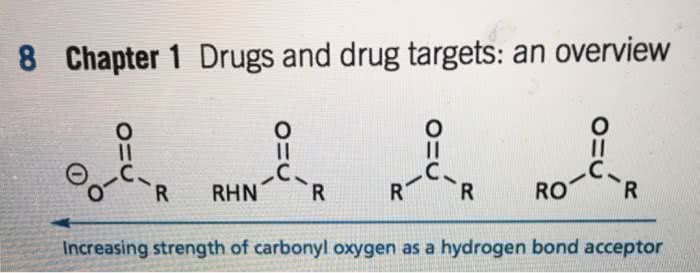CHMB42H3 Chapter Notes - Chapter 19: Diethyl Malonate, Decarboxylation, Molecularity
Document Summary
A hydrogen bonded to a carbon adjacent to a carbonyl carbon is sufficiently acidic to be removed by a strong base. The carbon adjacent to a carbonyl carbon is called an -carbon. A hydrogen bonded to an - carbon is therefore called an -hydrogen. A compound that contains a relatively acidic hydrogen bonded to an sp3 carbon is called a carbon acid. The -hydrogen of a ketone or an aldehyde is more acidic than the -hydrogen of an ester. An -hydrogen is more acidic because the base formed when a proton is removed from an - carbon is relatively stable. The electrons left behind when a proton is removed from the -carbon of an ester are not as readily delocalized onto the carbonyl oxygen as they would be in an aldehyde or a ketone. This is because the oxygen of the or group of the ester also has a lone pair that can be delocalized onto the carbonyl oxygen.



